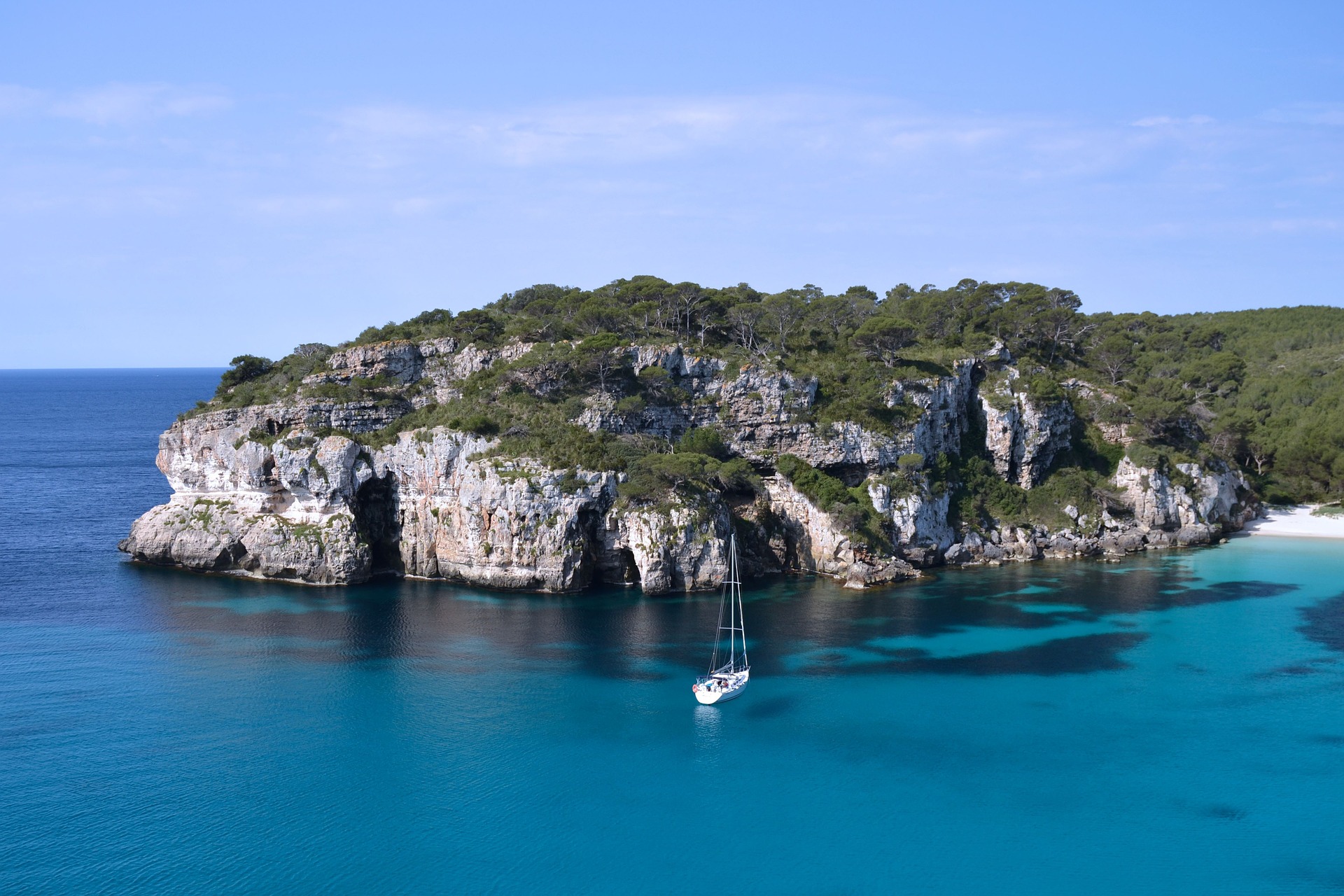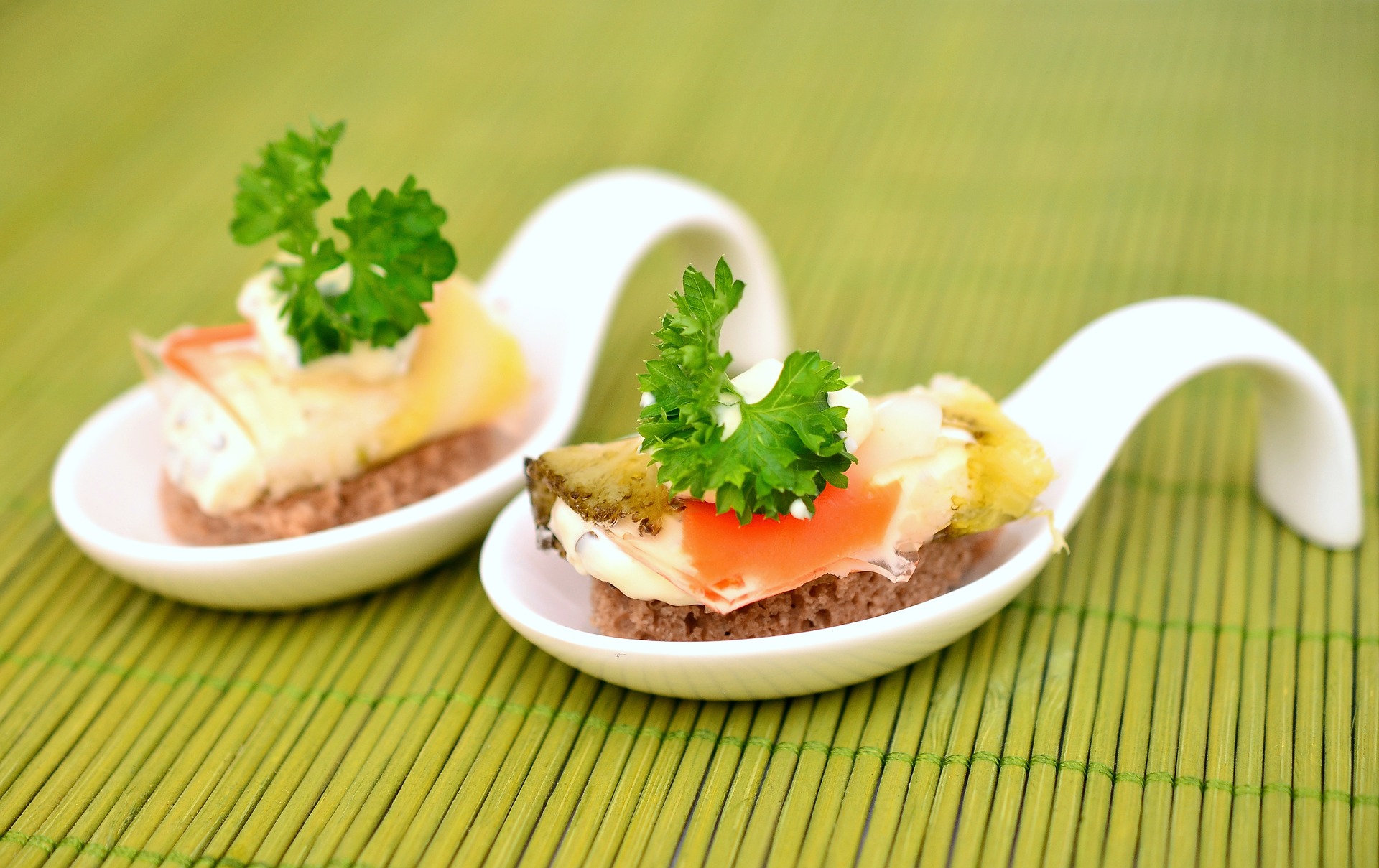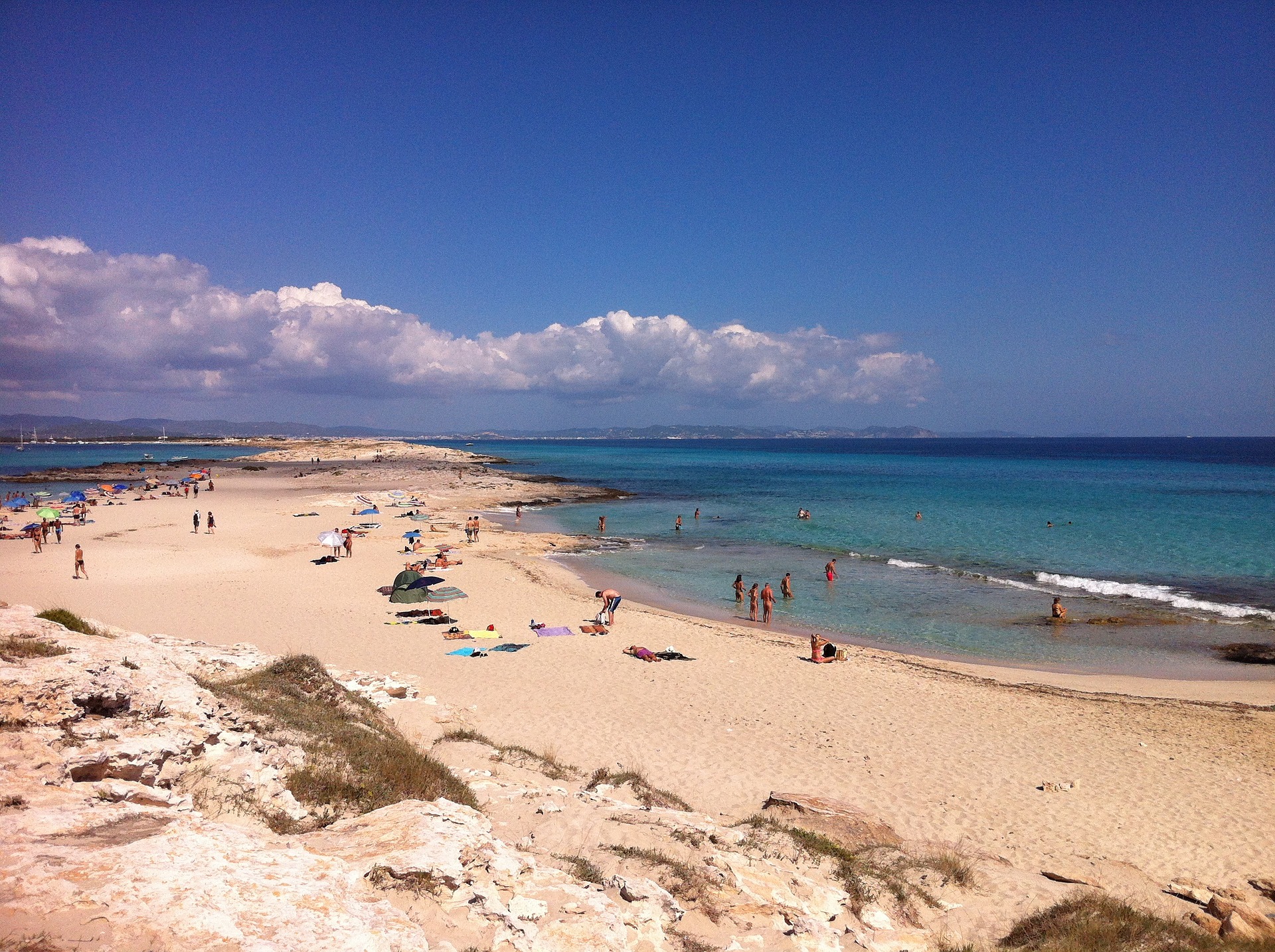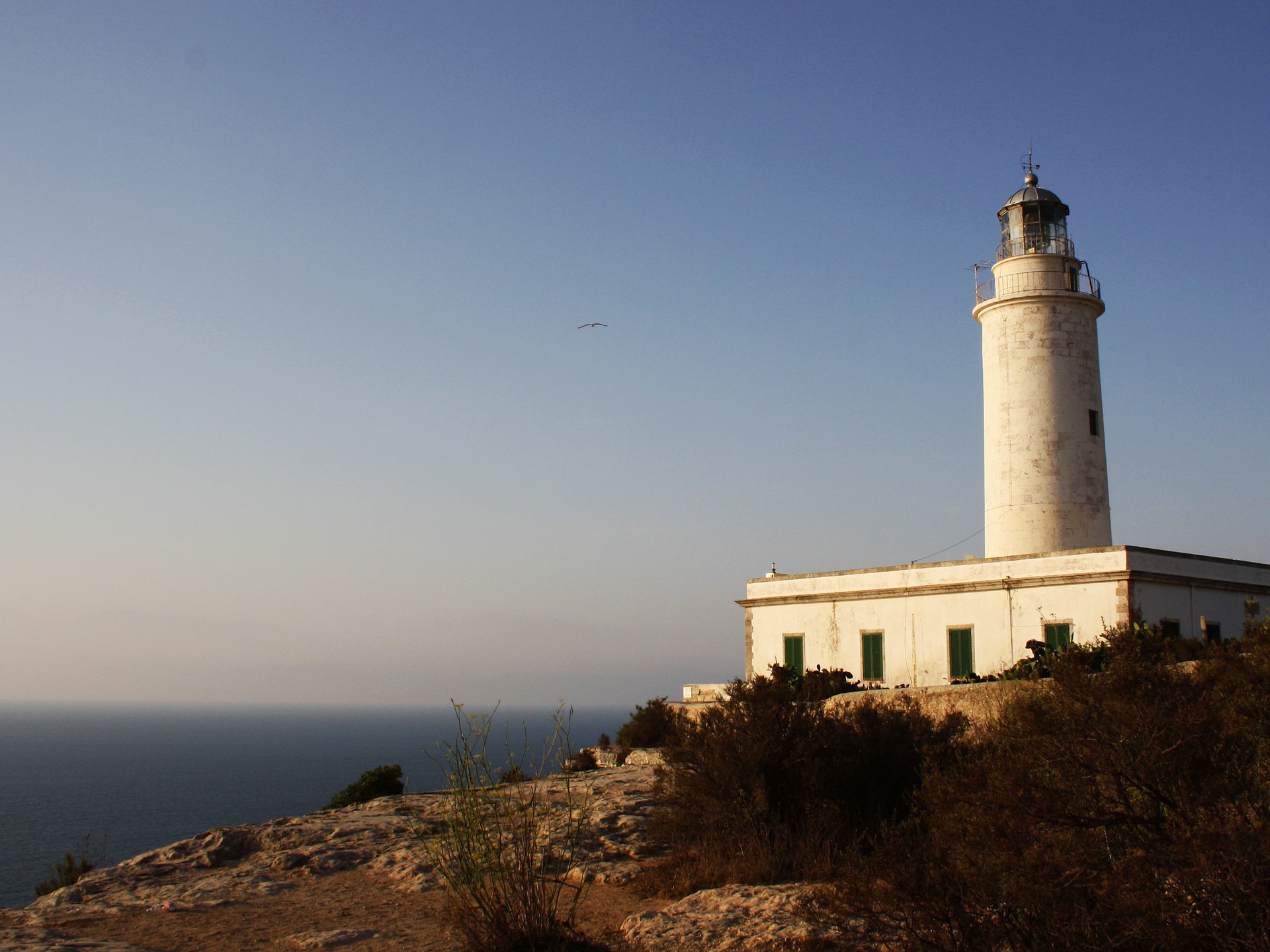Guide about Formentera

Formentera occupies a superficies of 82 square kilometers when we include its nearby small island. We see before us an almost completely flat territory. Only a narrow ribbon of land pressed between two shores links the promontory of La Mola that towers in the east above sea level with its 192 meter and the cliffs of Cap de Barbaria in the south, where the highest point is the 107 meter high Guillem tower.
Other characteristic landscapes are the humid zones in the north and northwest area of the island.
They form part of the Natural Park of the Saltworks of Eivissa and Formentera, that is dominated by two small lakes: S´Estany Pudent and S´Estany des Peix, Both of them are connected with the open sea.
There are various village settlements although most of the inhabitants live in rural zones.
A large network of country roads permits to criss-cross the countryside into the most faraway corners, and enjoy the quietness of the landscape sprinkled with houses and farms. The most important traffic points turn around tree main roads and some by passer. The most important main road starts in the port of Formentera, called la Savina, and crosses the whole island from west to east arrives at the lighthouse of la Mola.
Another road goes by the salt lakes in the north and links la Savina with Es Pujols and Sant Ferran.
In the port is a concentration of all the possible nautical services an enthusiast might dream of.
There are two yachtports, various diving and nautical centers to practice windsurf, kite surf, sea kayak and sailing. Various enterprises offer excursions to the sea or the possibility of renting a boat, as motorboat as sailing boat.
A bit more than two kilometers from la Savina lies the major village Sant Francesc Xavier, the capital where a great deal of administrative activities and services are situated: the municipal all the office for attention to the citizen, the fortified church of the 18th century, various educative centers the Higher Institute, the hospital and in the sport area you find the public swimming hall and the modern sport center “Antoni Blanch”.
Cultural events are localized here: exhibition rooms, the movie, the handicraft center, the farmer´s market ”Gabrielet”. In summer, in the high season, it is really recommendable to leave car or motorbike in one of the public parkings. The center of Sant Francesc, completely pedestrian precint, is formed by square with the fortress church and the seat of the Insular Council of Formentera.
From here starts the third main road that leads to “ Es Cap de Barbaria”. Midways it bifurcates, straight on it goes to the lighthouse and on the right to “Cala Sahona” a characteristic bay with a golden beach and row of antic fisher huts from where striking sunsets can be admired as it is situated pure west.
Going back to Sant Francesc and taking there the main road again going to the right, we arrive after 2.5 kilometers at Sant Ferran de Ses Roques. There are in this small village in the middle of the island a few points of interest, above all in summer.
There is the worldly know “Fonda Pepe”, a myth, a legend! In the fifties and early sixties young nonconformists from the limited states and whole Europe, too, discovered the “Paradise Formentera” an made it famous over the whole world. The meeting point was the restaurant inn “Fonda Pepe”, and even now it is one of the rare establishments that still keeps the genuine style of that epoch. In the late sixties then, a whole generation of hippies flooded the island with their love for peace, freedom and tolerance, and a way of living in harmonious relationship with the environment.
This movement left its footprints on the whole “image” of the island and its still is one of the keys for the successful evolution of Formentera. The hippies introduced on esthetic attitude of their own, that for years and years now, still goes on impressing a seal of identity in fashion, art, music and handicraft of the island.
Just next to the Fonda Pepe are the Church square and main street, that will turn themselves into the art market, where from may until October local artist will exhibit and sale their work and genuine handicraft workers will show their original products, all of them imbibed with the spirit of the island.
If we go north now, we arrive at Es Puyols, with the only beach within urbanized area on the island. There are only two discotheques but a whole row of restaurants ,snacks, cocktail and music bars. Swinging nightlife!
We take the main road to La Mola and pass by the marrow ribbon like part of the island before we arrive in Es caló de Sant Augusti. On the left side we see the northern coast line, to the right the plain with fields of all different crops, separated by the antic typical walls of dry stone. A landscape worth of mentioning. With the most beautiful specimen of the typical and symbolic tree of Formentera: the fig tree. Here we find the ones with the widest spread and of incredible beauty. Entering the small village of Es Caló, that was originally the first small port of the island and lately developed itself into a real fisher port, we see an amphitheater of wooden huts , ship yards in typical old style for the traditional fisher boats around a small landing jetty.
We continue our way climbing up the only important slope on the island, direction la Mola, turning serpentines on a narrow winding road, stopping midways at the vantage point to have a look at one of the most spectacular panoramic views and therefore one of the most photographed ones!
We leave the curves behind us and enter the plateau with the village of Pilar de la Mola, a small concentration of houses and shops where the hippy handicraft market, open in the afternoon Wednesday and Sunday, deserves to be given due prominence. A small group of artist and handicraft workers organized spontaneously this at the beginning modest hippy market in the early eighties. In the meantime, many of them has become famous creators and designers. During the market, live musical animation and performances of street artists maintain the colorful ambience that inspired its origins.
Outside of el Pilar on the most eastern point of the island towers the lighthouse, above an impressive cliff coast. For early risers a worthy recommendation: get yourself an unforgettable sunrise !
Beside the variety and diversity of Formentera´s landscape, what we might appreciate most of all might not be something we can touch or see with our senses, but some mood we feel in spirit and soul and we take home in our suitcase and our memory for ever. This “something” is the “invisible island” the most intimate part, the one that makes us vibrate with the magic in the air, the one that puts a spell on us, a spell of quietness, peace and freedom. All this emotional richness in an unrepeatable environment with all around that crystalline and transparent Mediterranean see, its water clear as glass and an intensity of light never found anywhere else.
Formentera definitively is unique und to compare it with paradise is no exaggeration at all.
Its hides a secret a mystery that every visitor for himself has to find out on his own way so he will discover and know his island.




